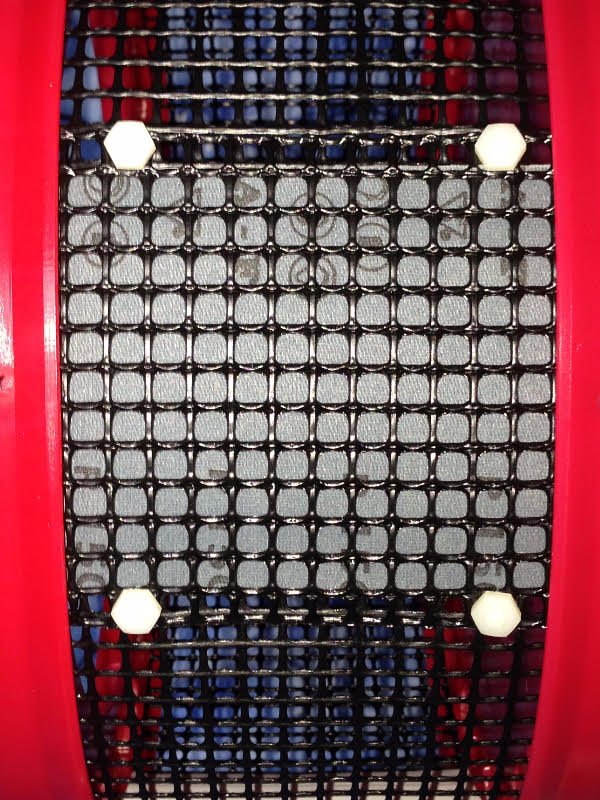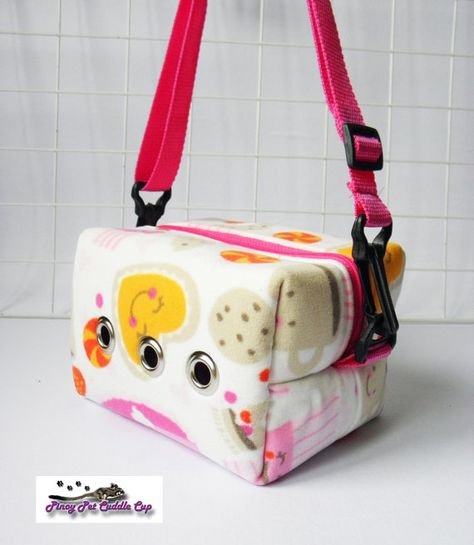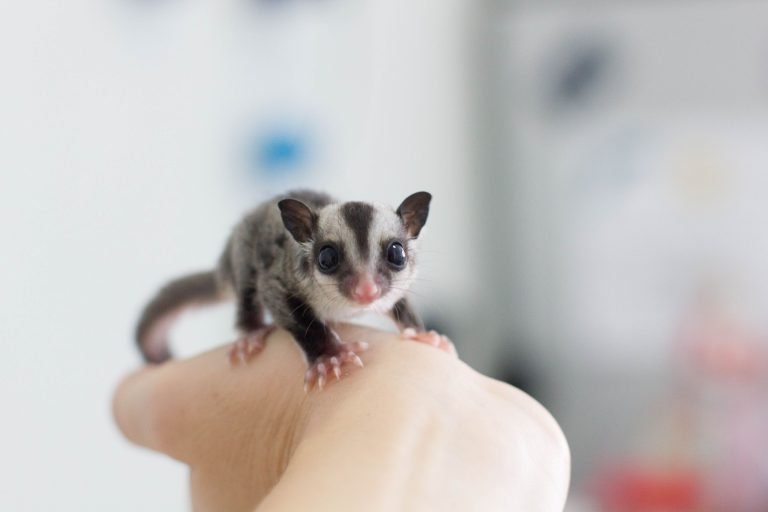What Bugs Do Sugar Gliders Eat
What bugs do sugar gliders eat?
Sugar gliders, those adorable little creatures with their big eyes and soft fur, are known for their unique diet. While they primarily feed on a balanced combination of fruits, vegetables, and a specially formulated sugar glider pellet diet, bugs also play a crucial role in their nutritional needs. Bugs provide them with essential proteins and fats that are necessary for their overall health and well-being. So, what bugs do sugar gliders eat? Let’s explore the various bugs that are a part of a sugar glider’s diet and why they are important.
Mealworms
Mealworms are a staple in a sugar glider‘s bug diet. These small beetles are larvae of darkling beetles and have a high protein content. Sugar gliders find them particularly delicious and enjoy hunting and eating them. Mealworms can be live or dried, with the latter being a convenient option to keep in your pantry for feeding your furry friend.

Crickets
Crickets are another favorite bug among sugar gliders. These hopping insects are packed with protein and are readily available in pet stores. Like mealworms, crickets can also be offered in live or dried form, depending on your preference. Watching sugar gliders pounce and capture crickets is not only entertaining but also provides them with necessary exercise.
Feeder Roaches
Feeder roaches, such as Dubia roaches or discoid roaches, are also a great addition to a sugar glider’s buggy menu. These roaches are slow-moving, making them an easy target for sugar gliders to catch and eat. They are rich in nutrients and an excellent source of protein and fiber. It is important to note that feeder roaches should come from a reputable source to ensure they are free from any pesticides or harmful substances.
Waxworms
Waxworms are the larvae of wax moths and are a sugary treat for sugar gliders. While they are high in fat, they should be fed sparingly as a special treat rather than a regular part of their diet. Waxworms can be a great reward during training sessions or to provide some variety in their bug intake.
Superworms
Superworms are larger than mealworms and offer a bit more challenge for sugar gliders during hunting. These bugs are high in protein and relatively low in fat, making them a nutritious addition to their diet. Superworms can be fed live or dried, but it’s important to ensure they are an appropriate size for your sugar glider to avoid choking hazards.
Other Bugs
In addition to the bugs mentioned above, sugar gliders may also consume other nutritious insects like silkworms, grasshoppers, and even small spiders. However, it’s essential to research and ensure the bugs you offer are safe for your sugar glider and come from a reliable source.
Bugs play a crucial part in a sugar glider’s diet due to their high protein content. However, it’s important to remember that bugs should not be the sole source of nutrition. A balanced diet that includes fruits, vegetables, and a sugar glider pellet mix is crucial for their overall health and well-being. Additionally, always provide a fresh supply of water to keep your sugar glider hydrated.
Frequently Asked Questions
Q: Can sugar gliders eat ants or flies?
A: While sugar gliders may occasionally catch and consume ants or flies, it is not advisable to intentionally feed these insects to them. They provide little nutritional value and may carry parasites or harmful substances.
Q: How often do sugar gliders need bugs in their diet?
A: Sugar gliders should ideally have access to bugs in their diet a couple of times a week. It’s best to offer a variety of bugs to ensure they receive a range of nutrients.
Q: Can sugar gliders eat insects found in the wild?
A: It is generally not recommended to feed wild insects to your sugar glider as they may have been exposed to pesticides or other harmful substances. It’s best to source bugs from reputable pet stores or breeders.
Final Thoughts
Including bugs in a sugar glider’s diet provides them with essential proteins and fats that are crucial for their health and well-being. Mealworms, crickets, feeder roaches, waxworms, superworms, and occasionally other insects can all be part of their buggy menu. However, it’s vital to provide a balanced diet that includes fruits, vegetables, and a sugar glider pellet mix to ensure their overall nutritional needs are met. Offering bugs as a treat and watching your sugar glider enjoy their hunting instincts adds an element of excitement and enrichment to their daily routine. So, the next time you see these adorable creatures nibbling on a bug, remember that it’s just a part of their natural diet.







